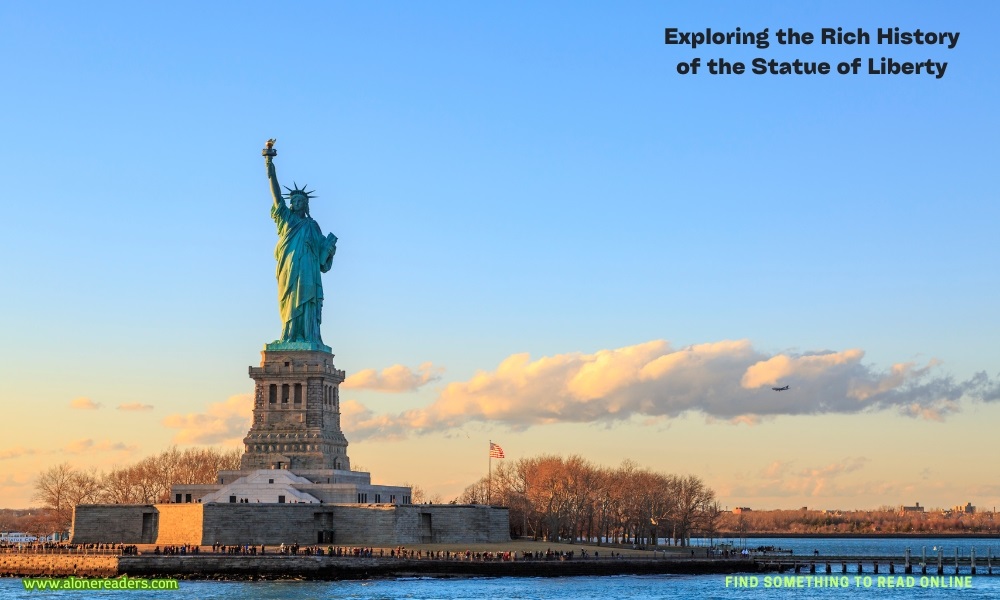
The Statue of Liberty, an iconic figure of freedom and one of the most recognizable statues in the world, stands proudly on Liberty Island in New York Harbor. This colossal statue not only symbolizes freedom and democracy but also represents a profound friendship between nations, specifically between the United States and France. Its history, from conception to realization and beyond, is a story of international cooperation, remarkable engineering, and evolving symbolism.
The origins of the Statue of Liberty can be traced back to 1865 when Édouard René de Laboulaye, a prominent French political thinker and abolitionist, proposed the idea of a monumental gift to the United States. His vision was to celebrate the centennial of the American Declaration of Independence as well as to commemorate the alliance of France and the United States during the American Revolution. Laboulaye also saw the statue as a symbol of mutual respect for liberty and democracy.
The realization of Laboulaye's vision was spearheaded by sculptor Frédéric Auguste Bartholdi, who was chosen to design this monumental gift. The design and construction of the statue were imbued with symbolic elements and innovative engineering techniques. Bartholdi's design, titled "Liberty Enlightening the World," features a robed female figure representing Libertas, the Roman goddess of freedom. She holds a torch above her head with her right hand, and in her left hand, she carries a tabula ansata inscribed with the date of the American Declaration of Independence, JULY IV MDCCLXXVI (July 4, 1776).
To create the statue, Bartholdi employed the technique of repoussé, in which soft sheets of copper were hammered into molds and attached to a steel framework. This method allowed the statue to be both lighter and structurally sound. The engineering prowess of Gustave Eiffel, the man behind the Eiffel Tower, was also enlisted to design the massive iron pylon and secondary skeletal framework which allows the statue’s copper skin to move independently yet stand upright.
Fundraising for the statue posed a significant challenge, both in France and the United States. In France, public fees, various forms of entertainment, and a lottery were among the methods used to raise the funds necessary for the statue's construction. In the United States, funds were needed for the pedestal, and this effort was bolstered by Joseph Pulitzer, who launched a fundraising campaign in his newspaper "The World" which drew donations from over 120,000 contributors, demonstrating the broad public support for the project.
The statue was completed in France in 1884 and was then disassembled and shipped to the United States aboard the French ship "Isère" in 1885. The reassembly on what was then called Bedloe's Island took several months, and the statue was finally dedicated on October 28, 1886, by President Grover Cleveland. The event was marked by New York's first ticker-tape parade and a dedication ceremony attended by thousands.
Over the years, the Statue of Liberty has undergone several renovations and restorations to preserve its appearance and structural integrity, the most significant of which was its centennial restoration in 1986. During this restoration, new torches were installed, and the internal structure was replaced with a stainless steel armature.
Today, the Statue of Liberty stands not only as a monument to freedoms found and fought for but also as a welcoming sight to immigrants arriving from abroad, symbolizing hope and opportunity. It was designated as a UNESCO World Heritage Site in 1984, recognizing its universal value as a symbol of freedom and democracy.
The Statue of Liberty continues to be a beacon for the values it represents and remains a popular attraction for millions of visitors each year. Its rich history and the ideals it stands for continue to resonate and inspire people all around the world. Through the years, this magnificent statue has not only witnessed history but has become an integral part of it, standing as a timeless reminder of the enduring values of freedom and friendship across nations.